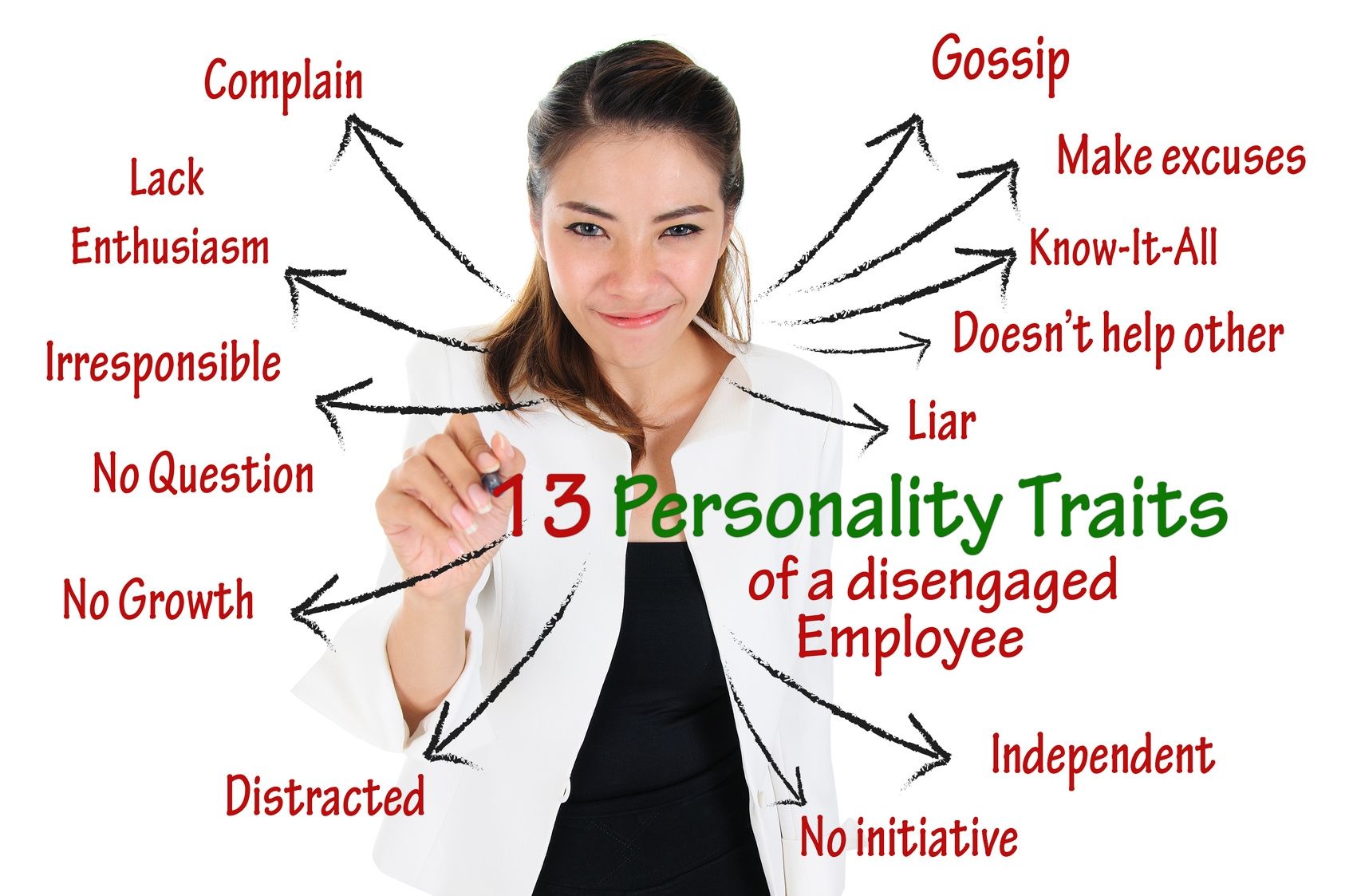Leadership Lessons – Change in Seven Questions
What must we do to bring about a Change initiative as smoothly as possible? Communicate! Communicate! Communicate!
How much, and for how long do we do this? Until we get sick and tired of the sound of our own voice – then we take a deep breath and a drink of water, and we start all over again.
Communication isn’t something that stops and starts; it’s a constant activity before, during and after any Change initiative.
This isn’t exactly news. We sort of get this. Ask any audience to tell you the secret to good Change and they will repeat back “Communicate, Communicate, and Communicate some more!” as if it was forcefully injected into their cerebellum. The problem arises when the questioning becomes a bit more detailed, “What exactly should we communicate?”
The response to that question is usually either a blank stare or the reasonable recitation of the reporter’s standby; Who, What, Where, When, How and Why. Not a bad start. If you’re writing a news article, then these are good solid questions. The Change Management problem requires all of those, and a few others besides. It’s not that the reporter’s questions are a poor tool; it’s just that they don’t address the peculiar psychology of the Change challenge.
For what it’s worth, here’s a carefully selected list of questions specific to Change Management. If we take the time to answer these, then we’ve covered the bulk of the key concerns of those facing the Change we’re contemplating.
1) Why?
This is the winner, the key question; it’s almost the only question worth discussing. If someone asks me to move from one side of the room to the other, or to stop using system ‘X’ instead of system ‘Y’, my response is always the same. “Why?” Understanding why a Change is necessary is the most important question we have about any Change. Without a good answer, we’re reluctant to do anything different.
There are lots of good answers to the “Why?” question. One good one is “Trust”. If I trust you and you ask me to do something, my trust in you might be sufficient to prompt me to Change. If that trust doesn’t exist? Then the reason for Change had better convince me, or I’m not moving from where I am.
2) WIIFM (What’s in it for me?)
The fly in the ointment for many organizations, “It’s not about you!” they cry as they bend over backward to avoid answering this question. Here’s the newsflash, as long as they are concerned about the WIIFM question, they don’t pay attention to any other information. More precisely, until that WIIFM question is answered, they can’t pay attention to anything else.
The best way to think of the WIIFM question is as a nasty, vicious guard dog, blocking the gate to our attention. Until that dog is thrown a bone, no information about the Change, sometimes not even the answers to the “Why?” question, is getting through to our reasoning process.
Even if we honestly have no information about the WIIFM question we must still acknowledge that the question exists and that as soon as we do have more information, we’ll get back to the audience.
3) Monday?
Assume, for the moment, we have returned from our strategic planning weekend with a wondrous, phenomenal vision of the future of our organization. Also assume, for the moment, that our ability to convince everyone that this is indeed the direction in which our organization should move, is up to the task. Assume that we’re silver tongued devils and get everyone on board, on the bus, bought in and generally all fired up. With me so far?
Now they have a question. What do we do differently, specifically and precisely on Monday (or next Friday…or next month… ) to start moving us towards the promised land of milk and ever flowing honey?
It’s a fair question. If we want people to Change, we must describe what they’re going to do differently in terms that everyone can understand. If we can’t, then we go back to the drawing board, our vision is flawed and unattainable.
4) Won’t?
What won’t Change? What will remain the same during this Change?
The problem here is that when we face a Change, all we see are the unknowns, we lose sight of the fact that only one ‘small’ part of our status quo is going to flux. That the rest of our surroundings will likely remain the same.
For example? When the accounting system is going to Change, we’re still going to report to the same boss, earn the same paycheque, receive the same benefits etc. In fact, most of our status quo will remain the same. This works for nearly all Change, the only time everything Changes is when we die, and then? It’s not our problem anymore. In nearly all other cases regardless of the size of the Change, nearly everything else remains the same.
5) Might?
What might go wrong during this Change? And what contingency plans have we put in place to mitigate those risks?
The worst thing we can do when heading into the uncertainty of Change is to insist that nothing can go wrong. That’s not only asking for the Gods to pay attention to us, but it also communicates to those around us that we haven’t really thought this through. Although if we’re looking for a sure-fire way to lose the trust of those who follow us, insisting, “Nothing will go wrong” is a wonderfully effective strategy.
6) Will?
What’s going to hurt?
Change hurts. That’s almost the ‘First Law of Change’. If we’re doing something significantly different, then we’re going to be at the bottom of the learning curve. Even if we pay close attention to training and support and fall back positions, we’re going to make mistakes, production will decline, and we’ll get things wrong. If we pretend that the Change will be painless, that it will be “transparent to the user”, then people will know we’re lying, or at least overly optimistic.
7) Signposts?
Change doesn’t always happen quickly, sometimes it’s slow, almost glacial in nature – we need some way of measuring our progress towards a goal. Without feedback we lose both the motivation and the will to make sacrifices to move forward. The question on the table is, “How do we know we’re succeeding in our efforts?”
These aren’t the only questions we need to answer during a Change, but they’re crucial ones and if the answers aren’t forthcoming, neither will the Change. Stick them on the wall in front of you when crafting a Change message and ask, “Am I answering these? If not? Why Not?”
© 2015 Peter de Jager – Reprinted with Permission.

